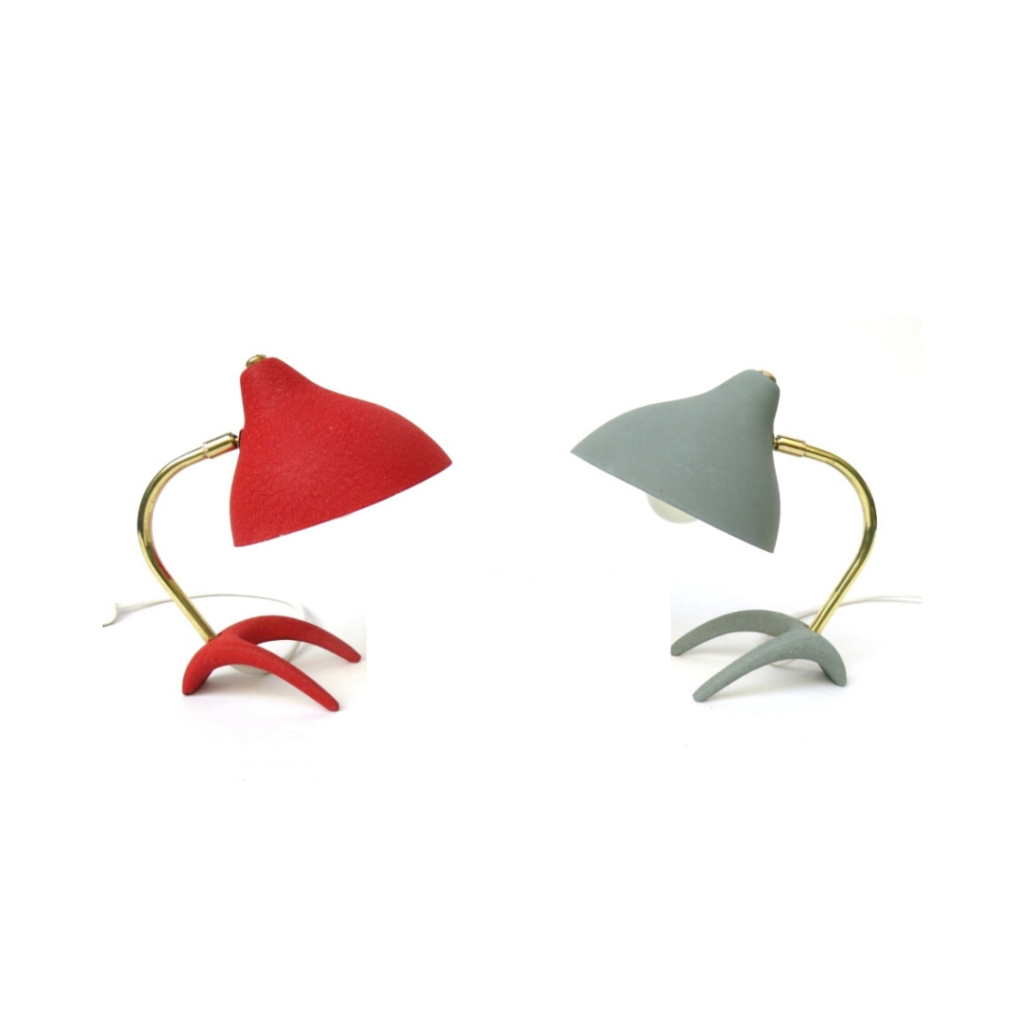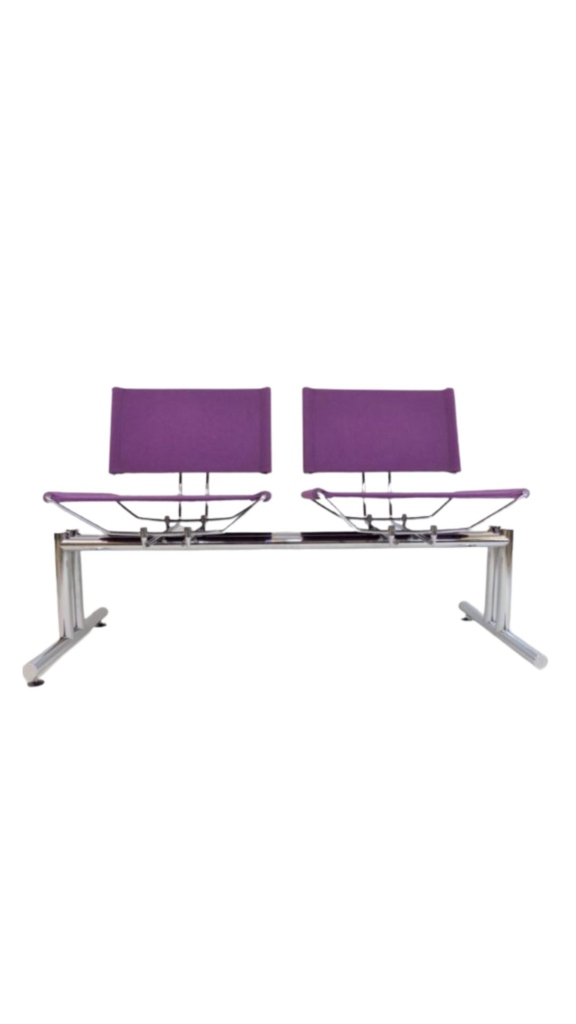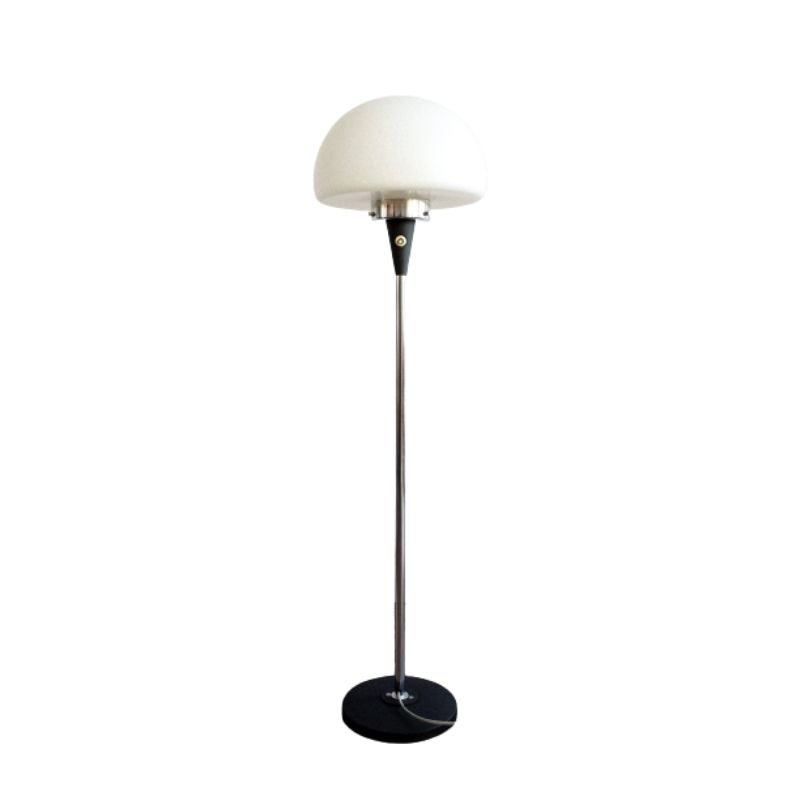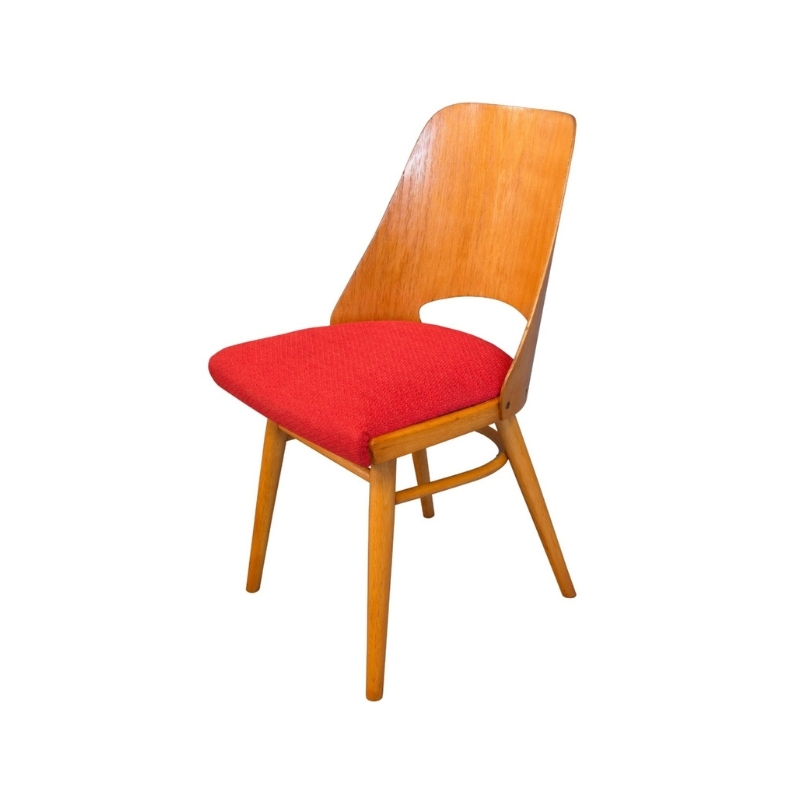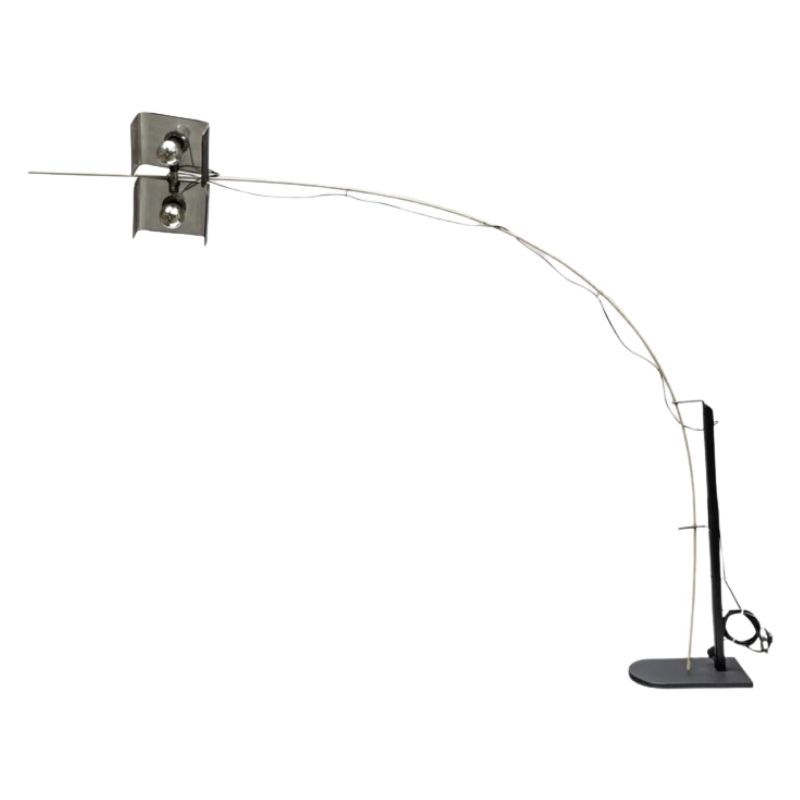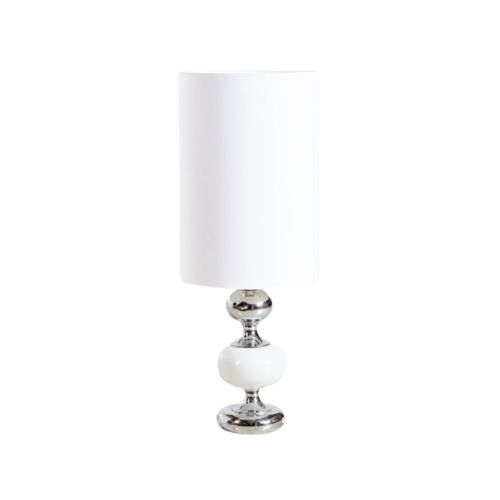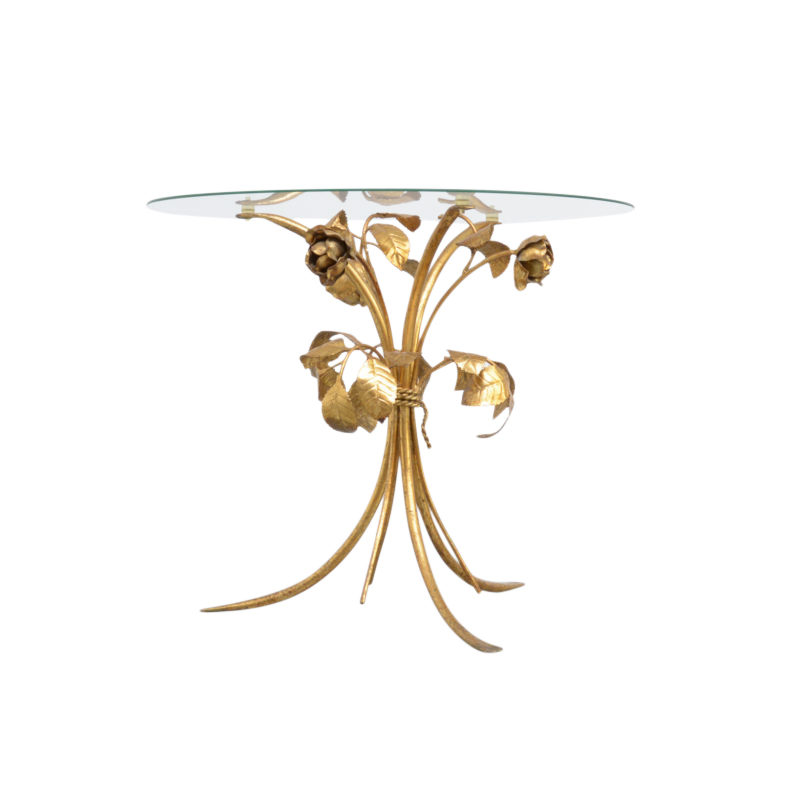See Renzo on Charlie Rose.
As an aside, there is always something delicious about Charlie interviewing a guest with that black background. Charlie is every man and the black background signifies that everyman operates in the darkness of incomprehension. The brightly lit guest baths Charlie in light, but the light cannot truly illuminate the darkness that burdens Charlie Everyman.
Thanks for linking this...
Thanks for linking this Piano interview, dc, enjoyed.
Charlie Rose, backlit or black, is almost opulent in the modern day landscape of TV, a veritable oasis in the desert wasteland of Cops and formulaic sitcoms and Girls Gone Wild.
I think Charlie's round oak table might be Stickley. And speaking of sets, I seem to recall now that Knoll/Saarinen were part of the Dick Cavett show from my 1970s childhood (seeing the old Cavett shows now on youtube almost always bring a smile, but I'm a fellow Nebraskan).
E.L. Doctorow was on Rose the other night, I believe. Haven't seen this show yet - he was on last year talking about The March, etc.
So good to see someone on TV not a movie star or politician, those two entities becoming, in the world of big money and marketing, essentially one and the same thing.
Which reminds me, I need to read Ragtime again.
And, among others, lest I forget, there's a remarkable interview on the good old interweb that Rose hosted with David Wallace, an individual I mentioned upthread a ways back on one of the 'greatest finds' DA threads, probably seeming off-topic for many, but I'd be willing to posit most all your best writers are closet architects.
*
Hudsonhonu...
All writers I have met, or gotten to know, have had an interest in architecture. Great writers are mastercraftsmen with words and sentences, story. They build great narrative constructions that often have the narrative equivalent of a space program, especially a space program that is processional. Also, when writers look at buildings they see externalized mind in the same way they see books as externalized mind. Buildings and stories have a metaphorical aspect. The most profound and deeply fascinating (sometimes disturbingly so) are those buildings and stories that are metaphors of the architect/author's own mind.
For example, the Canterbury Tales are simultaneously a story of a stage coach ride from A to B and a narrative constructed to seem like the Canterbury Cathedral itself. If the metaphorical aspect of the CTs stopped there (the stage coach ride a metaphor for the road of life and the cathedral floor plan and symbolic complexity and multi-dimensionality of the cathedral being a metaphor for the spiritual road of live and both expressing the simultaneity of experience of the secular and the spiritual road of life), it would be a good work, but not a great one. What makes it great is that Chaucer was apparently making a case that these two metaphors are not just expressive of human experience but hint at the structure of the human mind (at least his) itself; that is, we can't really think and experience reality anyway other than this way. One can substitute other religions, or occultisms, or ideologies, or skepticisms, or what have you, but you cannot really escape experiencing the spiritual part of the world as full of extraordinarily beautiful inspirations and mysteries combined with grotesqueries (e.g., the gargoyles). Similarly, Chaucer is saying the road of life is not only a metaphor, and not only a secular reality, but quite literally a structure of our mind as well.
Now jump to architecture and some of the work of the truly brilliant architects. Some of Louis Kahn's great building are fantastically beyond simple geometric metaphors. They combine his sense of the secular--of secular reality and secular experiences being assemblages and accretions of form, plus Kahn's own form of spirituality--contemplation of the migration from silence to light. But when we look a Louis Kahn building,we are not just looking at the secular and the spiritual. We are looking at the intersection of both as permitted to be seen through the structure and dynamics of Kahn's mind. Those buildings are Kahn's mind externalized in some more deeply literal sense than most other architects can, or even wish to, pull off.
So, yes, I agree that there is a deep connection between story and architecture.
Composition, by John Ashbery
Composition
We used to call it the boob tube,
but I guess they don't use tubes anymore.
Whatever, it serves a small purpose after waking
and before falling asleep. Today's news -
but is there such a thing as news,
or even oral history? Yes, when you want to go back
after a while and appraise the accumulation
of leaves, say in a sandbox.
The rest is rented depression,
available only in season
and the season is always next month,
a pure but troubled time.
Which is why I don't go out much, though
staying at home has never seemed much of an option.
And speaking of nutty concepts, surely "home"
is way up there on the list. I feel more certain about "now"
and "then," because they are close to me,
like lovers, though apparently not in love with me,
as I am with them. I like to call to them,
and sometimes they reply, out of the deep business of some dream.
*
from Where Shall I Wander, John Ashbery, Ecco, 2005.
If you need any help, please contact us at – info@designaddict.com



